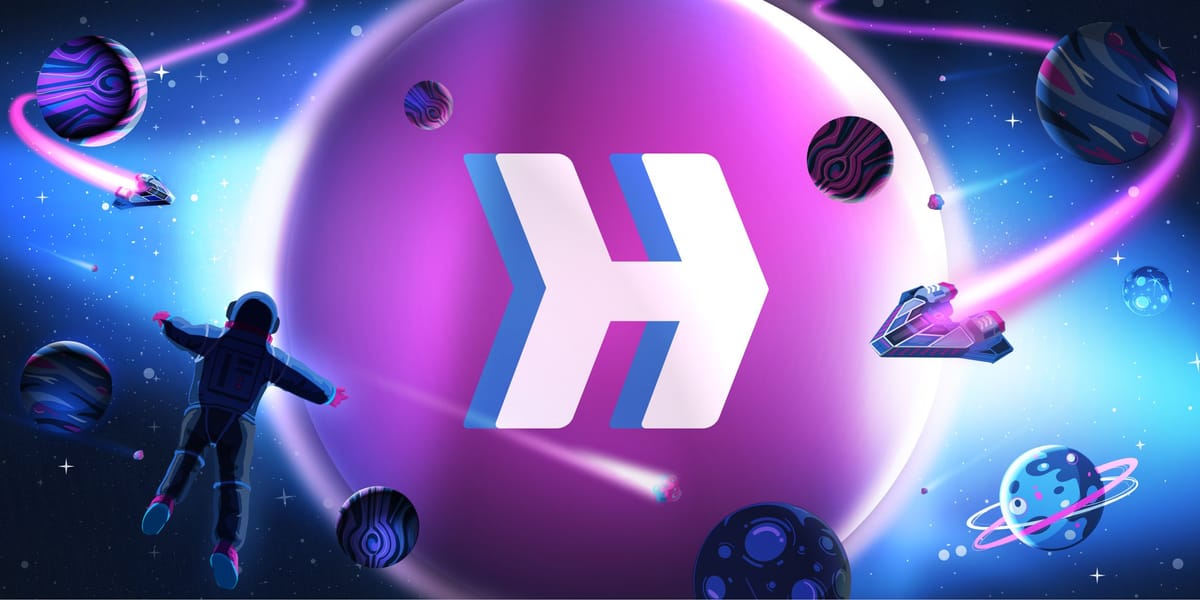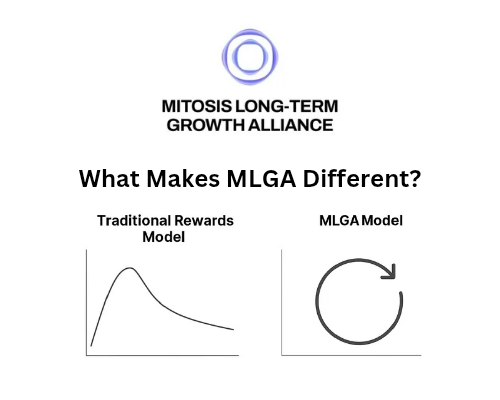Hyperlane’s Airdrop & Incentive Ecosystem

A Deep Dive into HYPER, Expansion Rewards, and stHYPER
+ Reflections on Similarities with Mitosis
📌 Overview
Hyperlane is building an interoperable modular network for the multichain world. Its recent initiatives — including the HYPER airdrop, the Expansion Rewards, and the stHYPER staking mechanism — serve both as growth levers and alignment tools for developers, users, and validators.
This article breaks down:
- How the HYPER airdrop worked
- What Expansion Rewards mean for builders
- Why stHYPER may reshape staking norms
- And how it all compares to the modular mission of Mitosis
🎁 The HYPER Airdrop: Bootstrapping Attention
- Launch date: April 22, 2025
- Total airdropped: 7.5% of HYPER supply
- Components:
- 6.25% via Expansion Rewards
- 1.25% via Strategic Launch Provision
This wasn’t just a giveaway — it was a targeted attempt to reward ecosystem contributors who’ve helped bootstrap Hyperlane’s adoption across chains.
⏳ Claim deadline: May 22, 2025
📈 Expansion Rewards: Long-Term Incentives for Builders
The Expansion Rewards program is Hyperlane’s 4-year reward engine to distribute 25.5% of HYPER over time. The program incentivizes:
- Cross-chain message relayers
- dApp builders and protocol integrators
- Validators securing routing & infrastructure
🏗️ Rewards are performance-based, measured via verifiable on-chain activity. Builders are not just paid to show up — they’re paid to grow the network.
🧪 stHYPER: Liquid Staking with Aligned Incentives
Hyperlane introduced stHYPER, a liquid staking derivative for HYPER stakers:
- You stake HYPER, you receive stHYPER in return
- stHYPER is yield-bearing
- It grants a multiplier boost on future Expansion Rewards
- Locking in on TGE day allowed users to maximize multipliers (up to 1.6x)
- Uses Symbiotic vaults for validator delegation
stHYPER aligns capital efficiency with long-term commitment — stakers benefit from compounding yield and amplified exposure to future token emissions.
🔍 Comparison with Mitosis
|
Feature |
Hyperlane |
Mitosis |
|---|---|---|
|
Focus |
Interchain Messaging |
Modular zk-Native L1 |
|
Staking Model |
stHYPER via liquid staking |
zkRollup security / modularity |
|
Incentives |
Expansion Rewards, Multiplier |
Scaling via multi-chain infra |
|
Vision |
Modular Interop Everywhere |
App-specific sovereign chains |
Both protocols share a modular thesis: flexibility, scalability, and permissionless participation are prioritized over rigid monolithic design. Hyperlane achieves it via sovereign interop modules, Mitosis via zk-native modular execution
- Expansion Rewards OverviewThis article explains how Hyperlane’s Expansion Rewards program incentivizes developers, validators, and relayers to contribute to Hyperlane’s multichain ecosystem, distributing 25.5% of the HYPER supply over four years.Read here
- stHYPER and Hyperlane StakingThis post introduces stHYPER — a liquid staking token for HYPER — which provides staking rewards, future multipliers on incentives, and flexibility for participants in the Hyperlane network.Read here
- Introducing HYPERAn announcement article presenting HYPER as the core token of Hyperlane’s permissionless interoperability layer, designed to secure and scale the network across blockchains.Read here
- Similarities with MitosisWhile Hyperlane focuses on modular interchain messaging with a flexible economic model, Mitosis also emphasizes modularity but through zk-native execution layers. Both support sovereign, decentralized scaling.
🌐 Useful Mitosis Links
- Mitosis Litepaper — Learn the vision behind Mitosis, modular rollups, and their economic design:👉 https://docs.mitosis.org/docs/learn/litepaper
- Mitosis Blog — Explore updates, ecosystem news, technical breakdowns, and RaaS strategies:👉 https://blog.mitosis.org/
- Mitosis Link3 Profile — Quick access to Mitosis socials, campaigns, and ecosystem touchpoints:👉 https://link3.to/mitosisorg

Comments ()